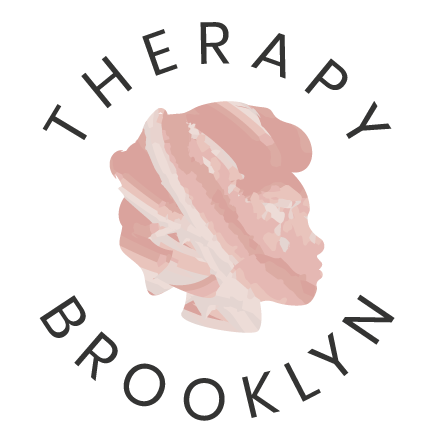Therapy, S1E01: The Crossroads
It has been almost a year since we tuned in to the last episode of Insecure. Over the span of five seasons Issa Rae took us on a journey of self-discovery that involved leaning into what felt good while also making hard decisions.
We meet the character Issa Dee at a crossroads. It is her 29th birthday, she is unfulfilled at work and in her romantic relationship, and she is wondering…
“How different would my life be if I actually went after what I wanted?” (Insecure, 2016).
What I find interesting is that season one Issa seems to be a mess. She is starting a new chapter of life and is tired of the way things have been for the last four years. There is a sense of urgency to go after what she wants, as soon as she figures out what that is. When we get to the end of season five it is almost as if everything that led up to her success was in alignment with what needed to happen for her to become the confident person she searched for in the mirror during the very first episode.
And this is how therapy works.
There are many types of crossroads, but the most common is the fork in the road where you find yourself wondering if you should go left or right. You know that either direction will lead you to some form of what you want, yet what seems to matter most is the journey. A lot of focus is placed on what the “right” decision is instead of what the best decision is based on the information and tools that are available.
When you make the decision to find a therapist you are, in some way, acknowledging a crossroads and that something has to change. This could look like an increase in arguments with friends or family, feeling hopeless due to losing a job or ending a relationship, or feeling isolated after moving to a new city.
While working with your therapist you will explore relationships, stressors, successes, and how you want to shape your life. You get to determine how your life will be different as you identify what you want and set specific, measurable/meaningful, achievable/action oriented, realistic, and timely (SMART) goals.
When relationships end many emotions come up. You may feel sad, angry, and hurt and may not know how to get out of those feelings to start feeling better. Setting the goal to “feel better” does not follow the structure of SMART goals, however it is important to acknowledge that feeling along with all the others you are experiencing. In creating a SMART goal, your therapist will want to understand what feeling better means to you by exploring how you define feeling “better” and identifying previous experiences that give more context. If better means happy and you were happy when you used to go to yoga classes your therapist will explore why you stopped going and whether it is something you would like to start again. Your therapist will then support you in identifying any barriers, such as lack of energy or access to a studio.
Once you feel confident about the goal to go to yoga classes to increase happiness you can begin engaging in the process of making that a SMART goal. First decide on a schedule. I encourage clients to start incorporating coping skills and interventions at least once a week and increase as they see fit. You have already established why yoga is meaningful and navigated through potential barriers to ensure that attending classes is achievable. When assessing whether your goal is realistic it could be helpful to look at the stages of change; this helps you better understand how change and consistency work. It also helps in understanding that neither of those are linear so be gentle with yourself. Finally, set a time to check back in. If you are attending one class a week you might attend four classes and then determine whether it has been helpful, if you would like to increase attendance, or if it would be better to explore other options.
This is your season one, episode one. And what we have learned from Issa is that your season five, episode ten is a culmination of all the work you do in between.
